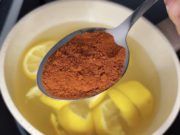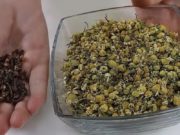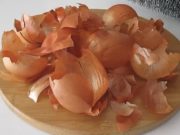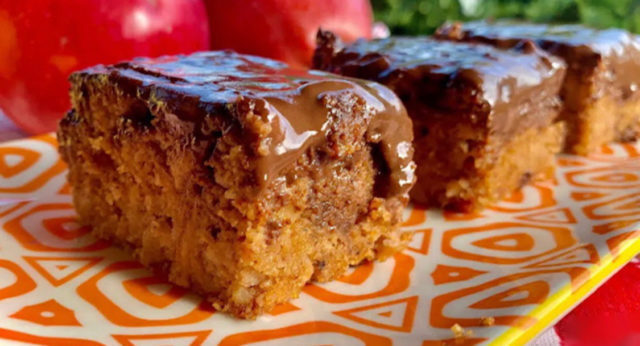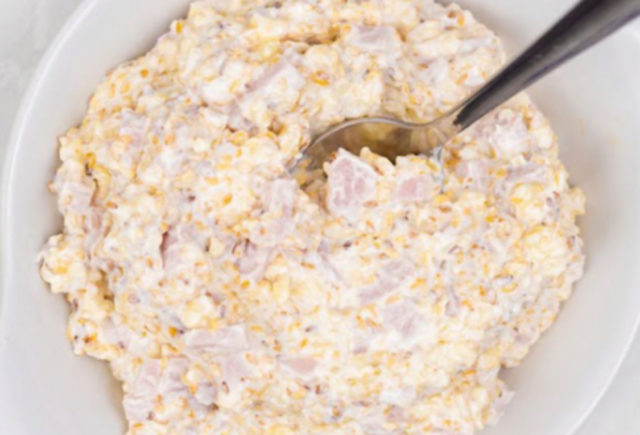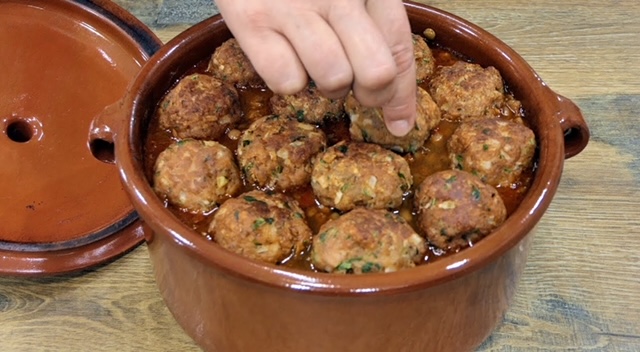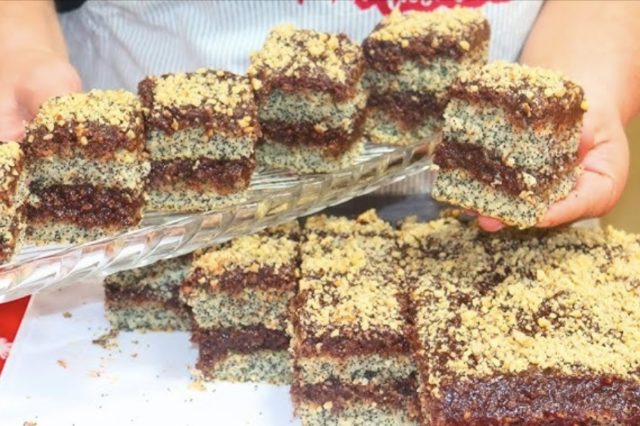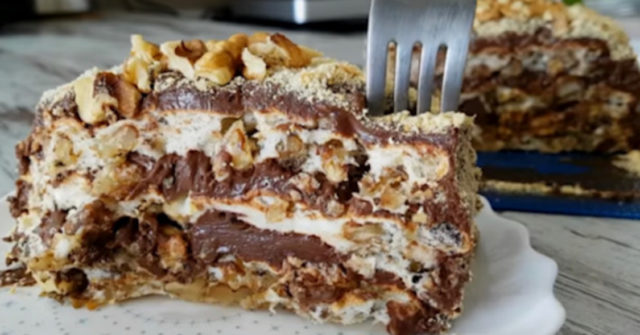Easy, soft, and fluffy bread rolls that grow twice as much as any other recipe. This is a recipe worth trying. “These bread rolls taste like they were made in a bakery. I’m not sure how they make them there, but these are even better,” says Alexandra.
Ingredients required: 750 g of soft wheat flour (type 450, 480, or 500), 525 ml of warm milk, 10 g of dry yeast (1.5 bags) or 30 g of fresh yeast (2/3 cubes), 1.5 tablespoons of sugar (15 g), 1 teaspoon of salt (8–10 g), and oil for coating.
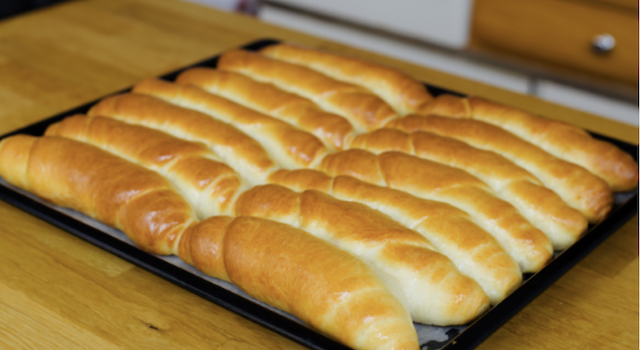
Preparation: Place the flour in a large bowl where you will knead the dough and add the remaining dry ingredients: salt, sugar, and yeast. Add the warm milk and mix gently. Begin kneading the dough, which will come together fast and smoothly.
Cover the kneaded dough with a cotton towel and set it aside at room temperature for about 15 minutes. The dough must then be kneaded one more time so that the gluten forms and the dough rises well.
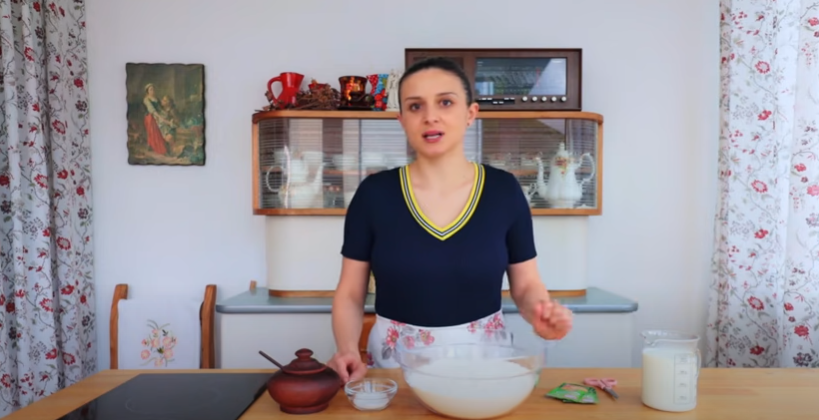
Knead it for 3-5 minutes on a flat surface. The more you knead it, the softer it will be. Then, put the dough in the mixing bowl and let it rise for 30–45 minutes. Then, taking the dough out of the bowl, split it into two equal parts.
Divide each dough into 7 smaller parts, so you get a total of 14 smaller balls. Each ball should weigh about 90 g. Put the balls on a flat surface and cover them with a cotton towel. Leave them there for about 15 minutes.
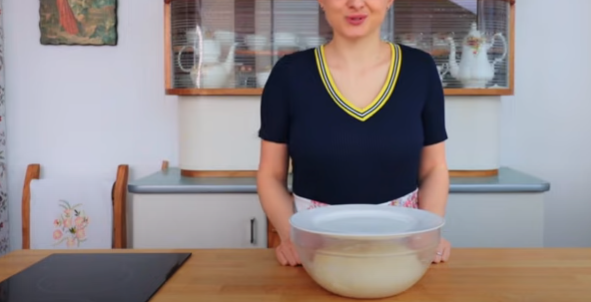
Then, as seen in the video below, extend each ball with a rolling pin and gently roll it from one end to the other. When you have formed all the rolls, place them on a baking sheet covered with baking paper and let them rise for about 30 minutes. Coat them with oil as well.
Bake the rolls in a preheated oven at 200 degrees for 15–20 minutes, depending on the oven. When the rolls are baked, brush them again with oil and let them cool.
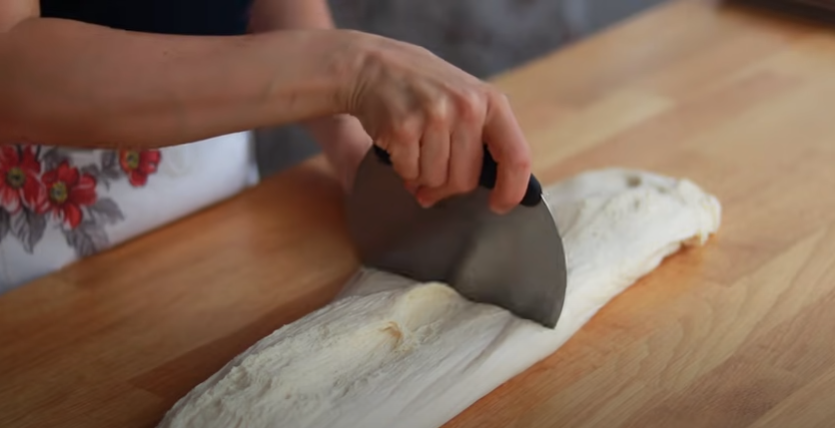
Fresh and dry yeast: The rule stated on the package (bag) is: for every 500 g of flour, use 7 g of dry yeast or 20 g of fresh yeast. The longer you leave the dough to rise, the less yeast you will need. If you bake the bread rolls 1 hour after kneading the dough, then you will need the amount of yeast shown above, i.e., according to the instructions.
If you leave the dough at room temperature to stand for several hours or overnight in the refrigerator, then you will need 2 g of dry yeast or about 5 g of fresh yeast. If you use dry yeast, you can put it directly into the flour, you don’t need to soak it in lukewarm milk or water. If you decide to use fresh yeast, it is best to make kvass.

If you need the bread rolls for the next day, make the dough the previous day (evening), shape the rolls, coat them with oil, wrap them in plastic wrap, and place them in the refrigerator. Take them out of the fridge in the morning, let them rise slightly, and bake them at the same temperature.
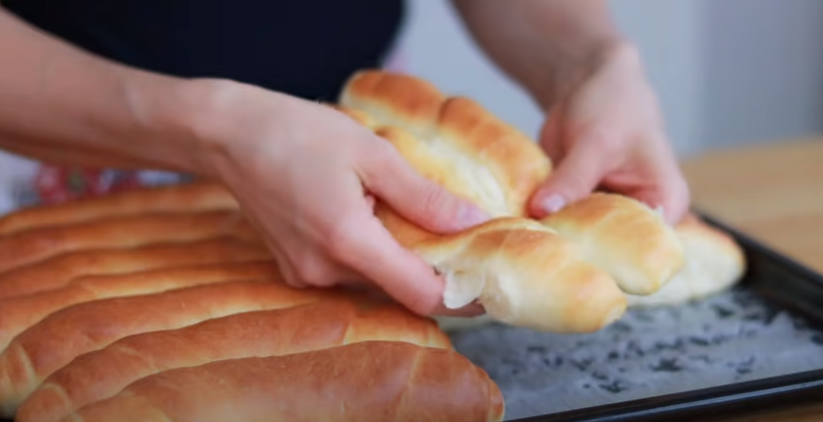
If you brush the rolls with butter instead of oil, then brush the rolls immediately after removing them from the fridge. The preparation details can be found here.






